In the summer of 1915, the French Army found itself in possession of several hundred thousand shells that, thanks to mistakes made in their manufacture, could not be fired by the 75mm field guns for which they had been made. In particular, the stress of propelling these shells with standard charges often caused them to explode prematurely. Indeed, in a distressing percentage of cases, these shells detonated before they could exit the pieces firing them.
In September of 1915, the private firm of Schneider and Company offered the French Army a trench mortar that promised to turn this embarrassment into an opportunity. Provided with a barrel that was shorter by far than those of the three types of 75mm field guns then serving with French armies in the field, this weapon, which was officially adopted in October as the Mortier de 75 Mle. 1915, used propellant charges that were far smaller than those employed with the other 75mm pieces. Thus, it could fire the defective shells without creating conditions of the sort that led to premature explosions.
The carriage of the Mortier de 75 allowed its barrel to be elevated to angles that varied from zero to eighty degrees. Thus, it could be employed as either an infantry gun, firing over open sights against nearby targets, or as a trench mortar, tossing its projectiles over intervening obstacles.
When employed as a trench mortar, the Mortier de 75 compared favorably to the light (7.58 centimeter) Minenwerfer adopted by the German armies in 1914. Indeed, the only advantage that the German piece enjoyed over its French counterpart lay in the realm of weight. That is, the Schneider-built trench mortar paid for its greater range and its heavier projectile, as well as its ability to serve as an infantry gun, with a somewhat heavier barrel and a much heavier carriage.
Sources:
Figures for the light Minenwerfer (Model 1914) comes from Hans Linnenkohl Vom Einzelschuß zur Feuerwalze (Bonn: Bernard und Graefe, 1996) page 190
Figures for the Mortier de 75 come from Schneider et Compagnie Matériels d’Artillerie mis en Service sur les Fronts Alliés (Paris: Schneider et Compagnie, 1917) pages 181-184
Figures for French 75mm pieces other than the Mortier de 75 come from Ministère d’Armament et des Fabrications de Guerre Renseignements sur les matériels d'artillerie de tous calibres en service sur les champs de bataille des armées françaises [Information about Artillery Matériel of all Calibers Serving with French Armies on the Battlefield] (Paris: Imprimerie Nationale, 1918) pages 54-62
For Further Reading:
To Share, Subscribe, or Support:


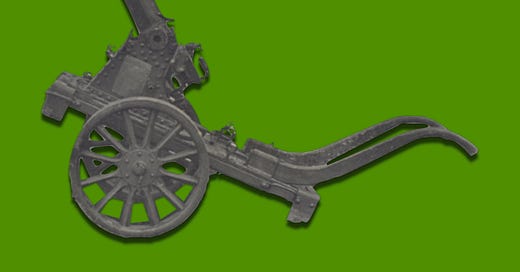



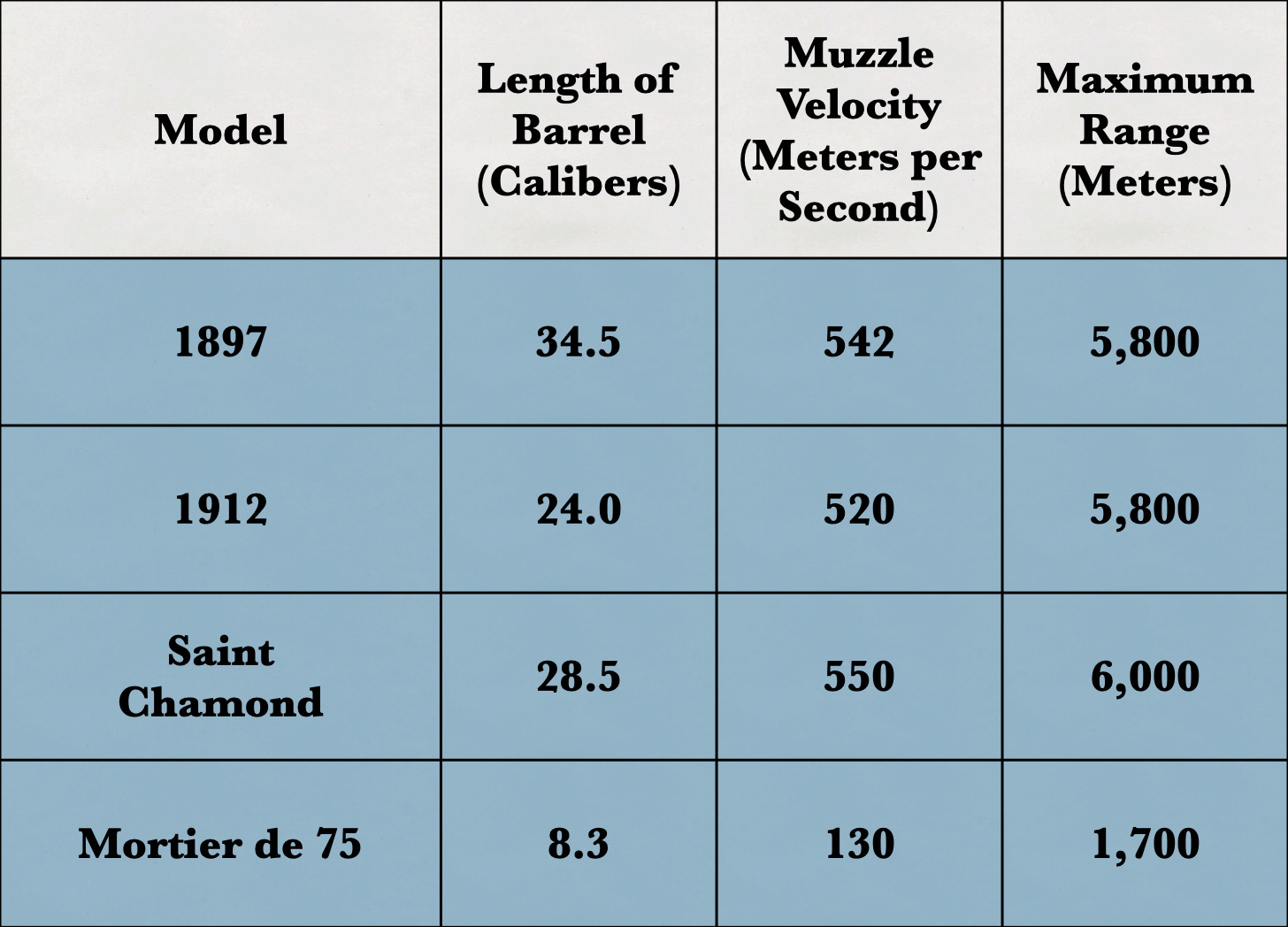
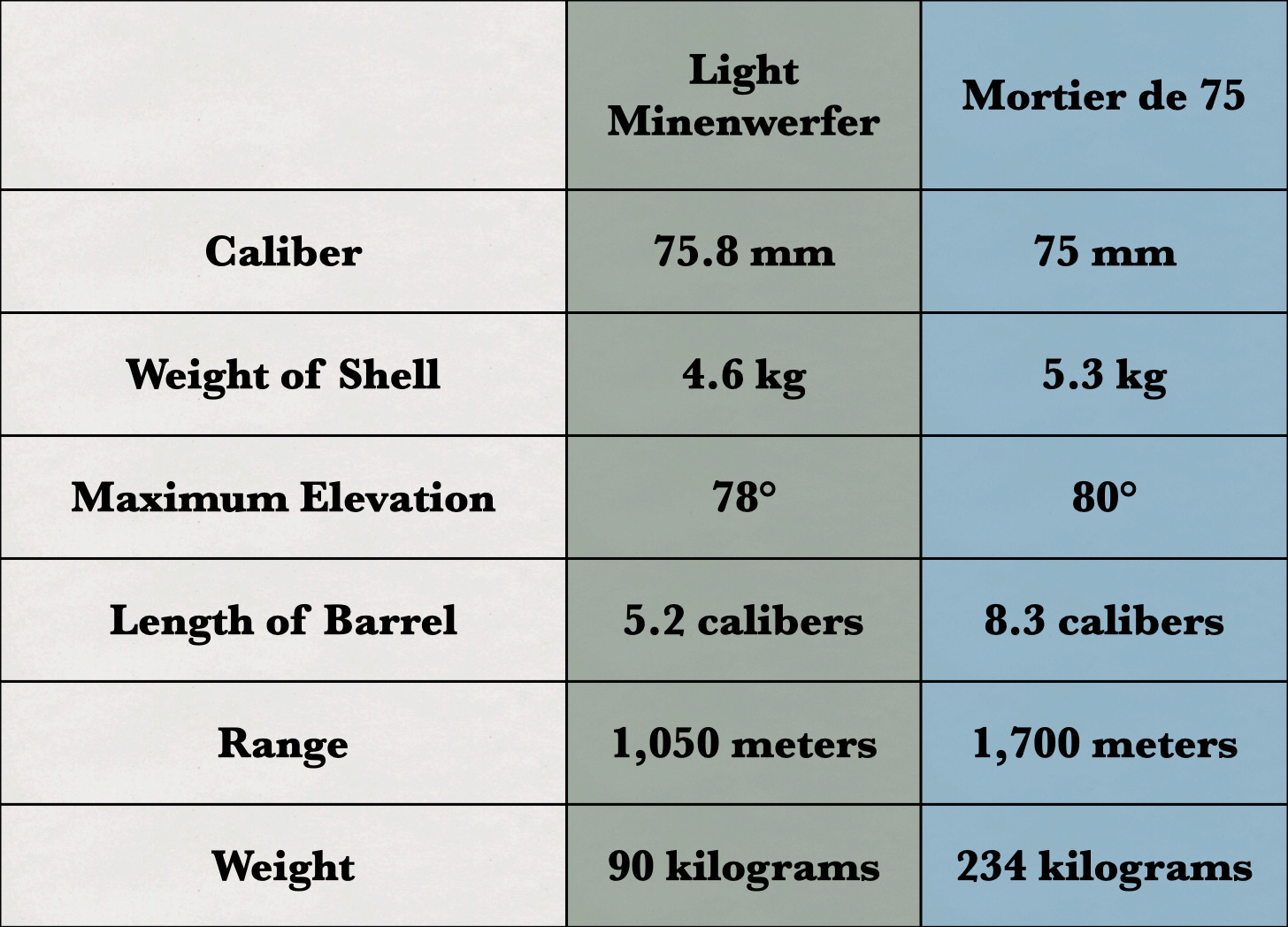
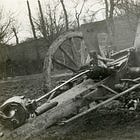
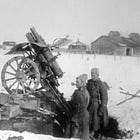


Well I suppose that is one way to use up defective ammunition. I find it very curious that both the French and the German armies took Baron van Coehoorn’s simple little mortar and transformed into such a large piece of equipment. Good thing Wilfred Stokes came along when he did and that Lloyd George pushed the project.